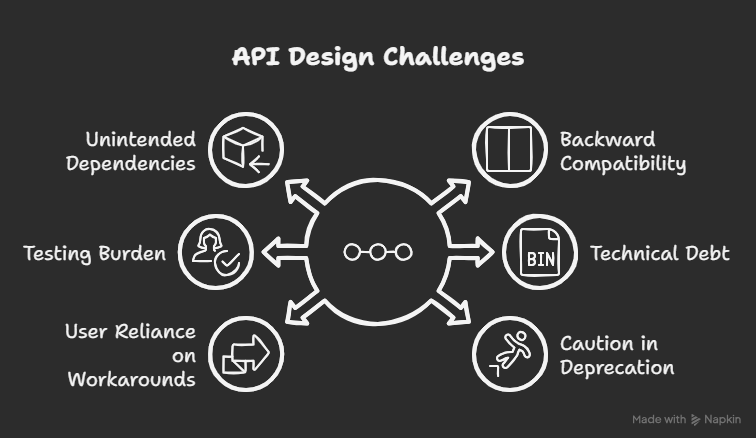The Role of Structural Drafting Services in Modern Construction: Q&A Format
Structural drafting is the process of creating detailed drawings and technical plans that guide the construction of buildings, bridges, and other structures. It includes precise representations of beams, columns, foundations, and connections, ensuring stability and safety. Without accurate **[Structural Drafting Services]( )**, construction projects risk errors, inefficiencies, and structural failures. This service helps architects, engineers, and contractors collaborate effectively to bring designs to life while complying with safety codes and regulations. How has structural drafting evolved over time? Structural drafting has evolved significantly from manual hand-drawn blueprints to advanced digital drafting using CAD (Computer-Aided Design) software. In the past, drafters relied on rulers, compasses, and paper to create drawings, which were time-consuming and prone to errors. Today, modern CAD and BIM (Building Information Modeling) software allow for precise 2D and 3D representations, enabling real-time modifications, clash detection, and better project coordination. These advancements have increased efficiency, reduced costs, and improved overall project accuracy. What are the key benefits of using structural drafting services in construction projects? Structural drafting services offer numerous advantages, including: • Accuracy & Precision: Advanced software ensures precise measurements and details, reducing the risk of construction errors. • Time Efficiency: Digital drafting speeds up the design process, minimizing project delays. • Cost Savings: Reduces material wastage and costly rework by identifying errors early. • Better Collaboration: Enhances communication between architects, engineers, and contractors through shared digital files. • Compliance with Standards: Ensures that designs meet local building codes and safety regulations. These benefits make structural drafting a critical component in modern construction, ensuring projects are executed smoothly and efficiently. What are the main types of drawings produced in structural drafting? Structural drafting includes various types of drawings, each serving a specific purpose: Foundation Plans: Show details of footings, piers, and slabs, ensuring a stable base for the structure. Framing Plans: Depict the arrangement of beams, columns, and other load-bearing elements. Detail Drawings: Provide intricate information about connections, reinforcements, and materials. Elevations & Sections: Offer side and cut-through views of structures for better visualization. Shop Drawings: Used by fabricators to manufacture steel, concrete, or wooden components accurately. Each of these drawings plays a crucial role in ensuring that construction is carried out precisely as planned. How does structural drafting contribute to sustainable construction? Structural Drafting Services play a vital role in sustainable construction by optimizing material usage, reducing waste, and improving energy efficiency. Through advanced software, drafters can simulate different materials and structural designs to determine the most eco-friendly options. Additionally, accurate drafting ensures that prefabricated components fit perfectly, reducing on-site waste and minimizing the environmental impact. By integrating green building principles, structural drafting helps create durable, resource-efficient structures that align with sustainability goals. How does structural drafting support BIM (Building Information Modeling)? Structural drafting is an integral part of BIM, a technology that enables collaborative project planning and execution. Through BIM, structural drafters create intelligent 3D models that integrate architectural, mechanical, and electrical designs. This allows for: • Improved Coordination: Ensuring different building systems work harmoniously. • Clash Detection: Identifying and resolving conflicts before construction begins. • Better Visualization: Providing stakeholders with a clear understanding of the project. • Efficient Project Management: Streamlining workflows and reducing costly modifications. By leveraging BIM, structural drafting enhances the efficiency, accuracy, and success of construction projects. What role does automation play in modern structural drafting? Automation has revolutionized structural drafting by reducing manual effort and increasing productivity. Modern software tools feature: • AI-powered Drafting: Automatically generating designs based on input parameters. • Parametric Modeling: Enabling real-time modifications with minimal effort. • Predefined Templates: Speeding up the drafting process while ensuring consistency. • Cloud-based Collaboration: Allowing teams to work on the same design remotely. These automation advancements significantly reduce errors, improve efficiency, and enable faster project completion. How does structural drafting ensure compliance with building codes? Structural drafting plays a critical role in ensuring that c

Structural drafting is the process of creating detailed drawings and technical plans that guide the construction of buildings, bridges, and other structures. It includes precise representations of beams, columns, foundations, and connections, ensuring stability and safety. Without accurate **[Structural Drafting Services](
![]()
)**, construction projects risk errors, inefficiencies, and structural failures. This service helps architects, engineers, and contractors collaborate effectively to bring designs to life while complying with safety codes and regulations.
How has structural drafting evolved over time?
Structural drafting has evolved significantly from manual hand-drawn blueprints to advanced digital drafting using CAD (Computer-Aided Design) software. In the past, drafters relied on rulers, compasses, and paper to create drawings, which were time-consuming and prone to errors. Today, modern CAD and BIM (Building Information Modeling) software allow for precise 2D and 3D representations, enabling real-time modifications, clash detection, and better project coordination. These advancements have increased efficiency, reduced costs, and improved overall project accuracy.
What are the key benefits of using structural drafting services in construction projects?
Structural drafting services offer numerous advantages, including:
• Accuracy & Precision: Advanced software ensures precise measurements and details, reducing the risk of construction errors.
• Time Efficiency: Digital drafting speeds up the design process, minimizing project delays.
• Cost Savings: Reduces material wastage and costly rework by identifying errors early.
• Better Collaboration: Enhances communication between architects, engineers, and contractors through shared digital files.
• Compliance with Standards: Ensures that designs meet local building codes and safety regulations.
These benefits make structural drafting a critical component in modern construction, ensuring projects are executed smoothly and efficiently.
What are the main types of drawings produced in structural drafting?
Structural drafting includes various types of drawings, each serving a specific purpose:
Foundation Plans: Show details of footings, piers, and slabs, ensuring a stable base for the structure.
Framing Plans: Depict the arrangement of beams, columns, and other load-bearing elements.
Detail Drawings: Provide intricate information about connections, reinforcements, and materials.
Elevations & Sections: Offer side and cut-through views of structures for better visualization.
Shop Drawings: Used by fabricators to manufacture steel, concrete, or wooden components accurately.
Each of these drawings plays a crucial role in ensuring that construction is carried out precisely as planned.
How does structural drafting contribute to sustainable construction?
Structural Drafting Services play a vital role in sustainable construction by optimizing material usage, reducing waste, and improving energy efficiency. Through advanced software, drafters can simulate different materials and structural designs to determine the most eco-friendly options. Additionally, accurate drafting ensures that prefabricated components fit perfectly, reducing on-site waste and minimizing the environmental impact. By integrating green building principles, structural drafting helps create durable, resource-efficient structures that align with sustainability goals.
How does structural drafting support BIM (Building Information Modeling)?
Structural drafting is an integral part of BIM, a technology that enables collaborative project planning and execution. Through BIM, structural drafters create intelligent 3D models that integrate architectural, mechanical, and electrical designs. This allows for:
• Improved Coordination: Ensuring different building systems work harmoniously.
• Clash Detection: Identifying and resolving conflicts before construction begins.
• Better Visualization: Providing stakeholders with a clear understanding of the project.
• Efficient Project Management: Streamlining workflows and reducing costly modifications.
By leveraging BIM, structural drafting enhances the efficiency, accuracy, and success of construction projects.
What role does automation play in modern structural drafting?
Automation has revolutionized structural drafting by reducing manual effort and increasing productivity. Modern software tools feature:
• AI-powered Drafting: Automatically generating designs based on input parameters.
• Parametric Modeling: Enabling real-time modifications with minimal effort.
• Predefined Templates: Speeding up the drafting process while ensuring consistency.
• Cloud-based Collaboration: Allowing teams to work on the same design remotely.
These automation advancements significantly reduce errors, improve efficiency, and enable faster project completion.
How does structural drafting ensure compliance with building codes?
Structural drafting plays a critical role in ensuring that construction projects adhere to local, national, and international building codes. Drafters follow specific guidelines related to:
• Load-bearing capacities and material specifications.
• Earthquake resistance, wind loads, and fire safety standards.
• Structural integrity, reinforcement details, and construction methods.
By incorporating these codes into the drawings, structural drafting minimizes legal risks and ensures that buildings are safe, durable, and approved by regulatory authorities.
What challenges do structural drafters face, and how can they overcome them?
Structural drafters encounter several challenges, including:
• Handling Complex Designs: Advanced projects require intricate detailing, demanding high expertise.
• Coordinating with Multiple Teams: Effective communication between architects, engineers, and contractors is crucial.
• Managing Frequent Design Changes: Quick modifications without compromising accuracy can be difficult.
• Ensuring Compliance: Keeping up with ever-evolving building codes and regulations.
To overcome these challenges, drafters leverage modern CAD/BIM tools, automate repetitive tasks, use cloud collaboration platforms, and stay updated with industry best practices.
What are the latest trends shaping the future of structural drafting?
The field of structural drafting is evolving rapidly, with several key trends shaping its future:
• AI and Machine Learning: Automating design processes and optimizing structural layouts.
• Augmented & Virtual Reality (AR/VR): Enhancing visualization and client presentations.
• 3D Printing in Construction: Enabling rapid prototyping and fabrication.
• Digital Twin Technology: Creating real-time digital replicas of physical structures.
• Cloud-based CAD/BIM Software: Improving collaboration and data accessibility.
These innovations will continue to enhance the efficiency, accuracy, and sustainability of construction projects.
What industries benefit the most from structural drafting services?
Structural drafting services are essential across various industries, including:
• Commercial & Residential Construction: Ensuring safe and efficient building designs.
• Infrastructure Development: Supporting bridges, tunnels, and highways.
• Industrial Facilities: Designing factories, warehouses, and processing plants.
• Oil & Gas: Creating structural layouts for offshore rigs and pipelines.
• Telecommunication: Drafting towers and other structural frameworks.
Each of these industries relies on structural drafting to ensure precision, safety, and compliance in their projects.
How can businesses find reliable structural drafting services?
To choose the right structural drafting service provider, businesses should consider:
• Experience & Expertise: Look for firms with a proven track record in structural drafting.
• Software Proficiency: Ensure they use the latest CAD/BIM technologies.
• Accuracy & Detail Orientation: Assess their portfolio and past projects.
• Industry Compliance: Verify their knowledge of building codes and regulations.
• Client Reviews & Testimonials: Check feedback from previous clients for reliability.
By selecting a qualified drafting service, businesses can ensure high-quality, cost-effective, and timely project execution.
Conclusion
**[Structural drafting services](
![]()
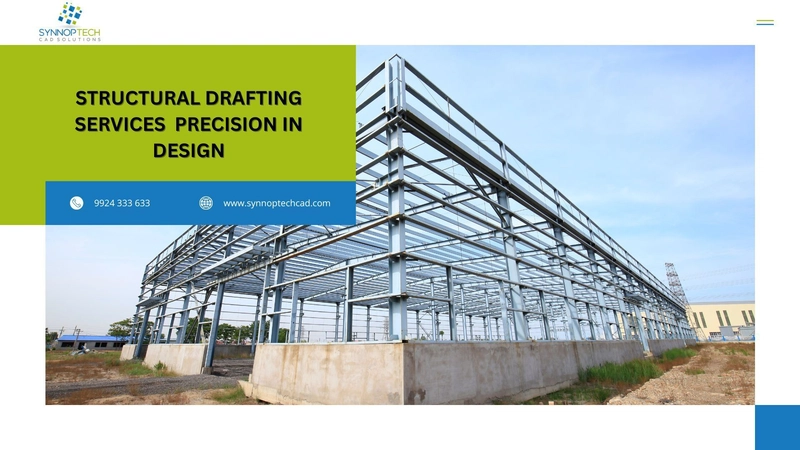
)** are the backbone of modern construction, providing accuracy, efficiency, and compliance in building design. With advancements in technology, these services continue to evolve, making construction safer, faster, and more sustainable. Whether for residential, commercial, or industrial projects, structural drafting remains an indispensable component in shaping the built environment.
.jpg?#)




































































![Apple Releases macOS Sequoia 15.5 Beta to Developers [Download]](https://www.iclarified.com/images/news/96915/96915/96915-640.jpg)
![Amazon Makes Last-Minute Bid for TikTok [Report]](https://www.iclarified.com/images/news/96917/96917/96917-640.jpg)
![Apple Releases iOS 18.5 Beta and iPadOS 18.5 Beta [Download]](https://www.iclarified.com/images/news/96907/96907/96907-640.jpg)




















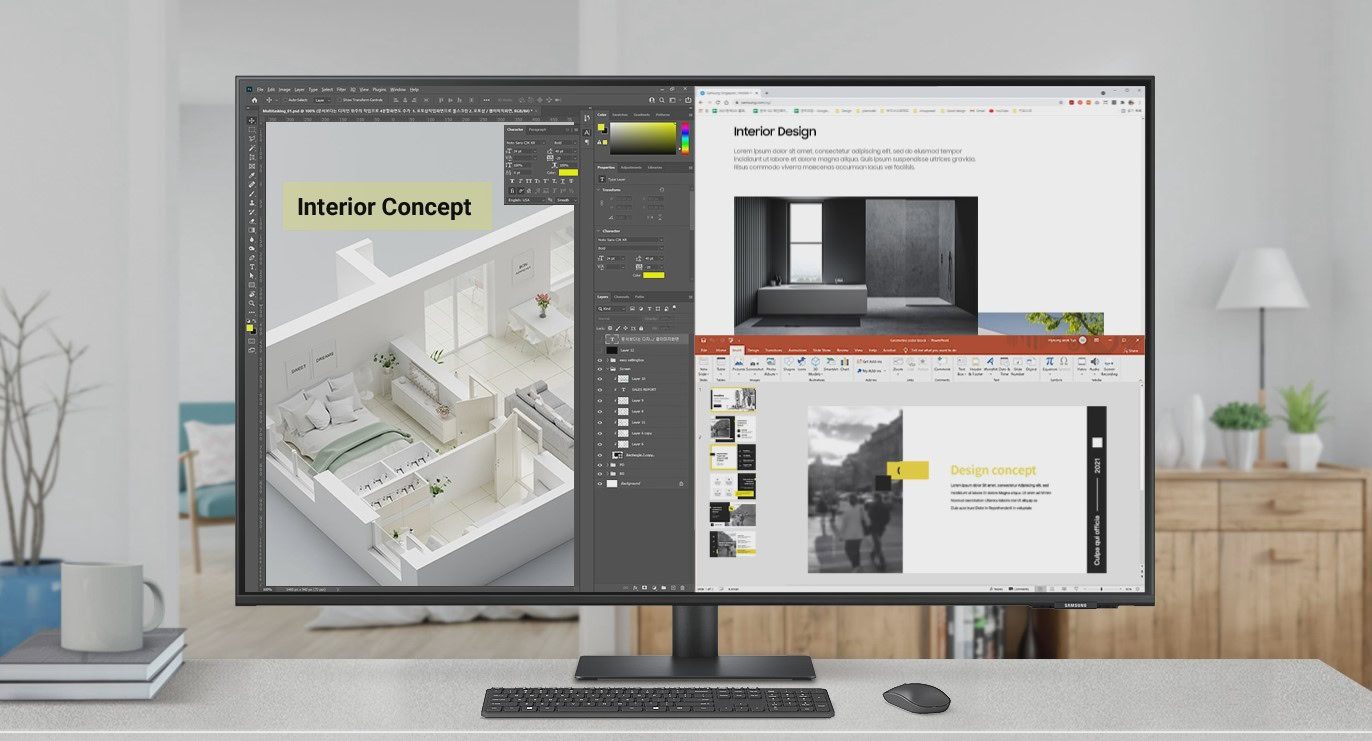


































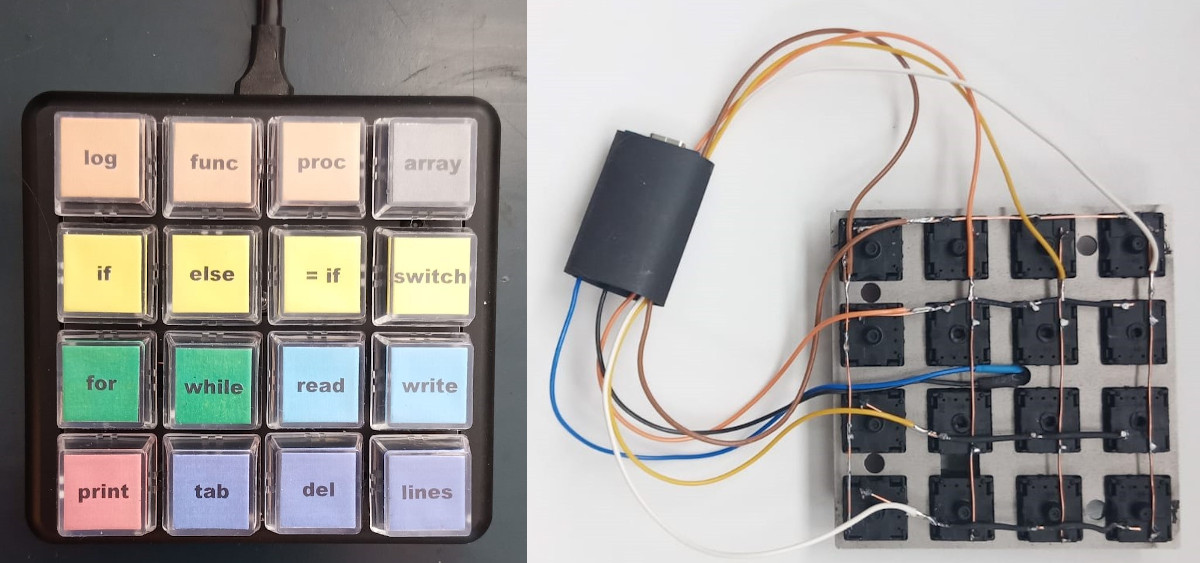
































































































































![[The AI Show Episode 142]: ChatGPT’s New Image Generator, Studio Ghibli Craze and Backlash, Gemini 2.5, OpenAI Academy, 4o Updates, Vibe Marketing & xAI Acquires X](https://www.marketingaiinstitute.com/hubfs/ep%20142%20cover.png)


























































































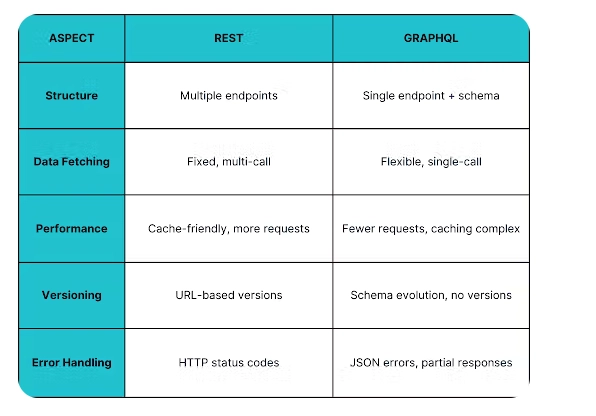




















![Is this a suitable approach to architect a flutter app? [closed]](https://i.sstatic.net/4hMHGb1L.png)










































































































